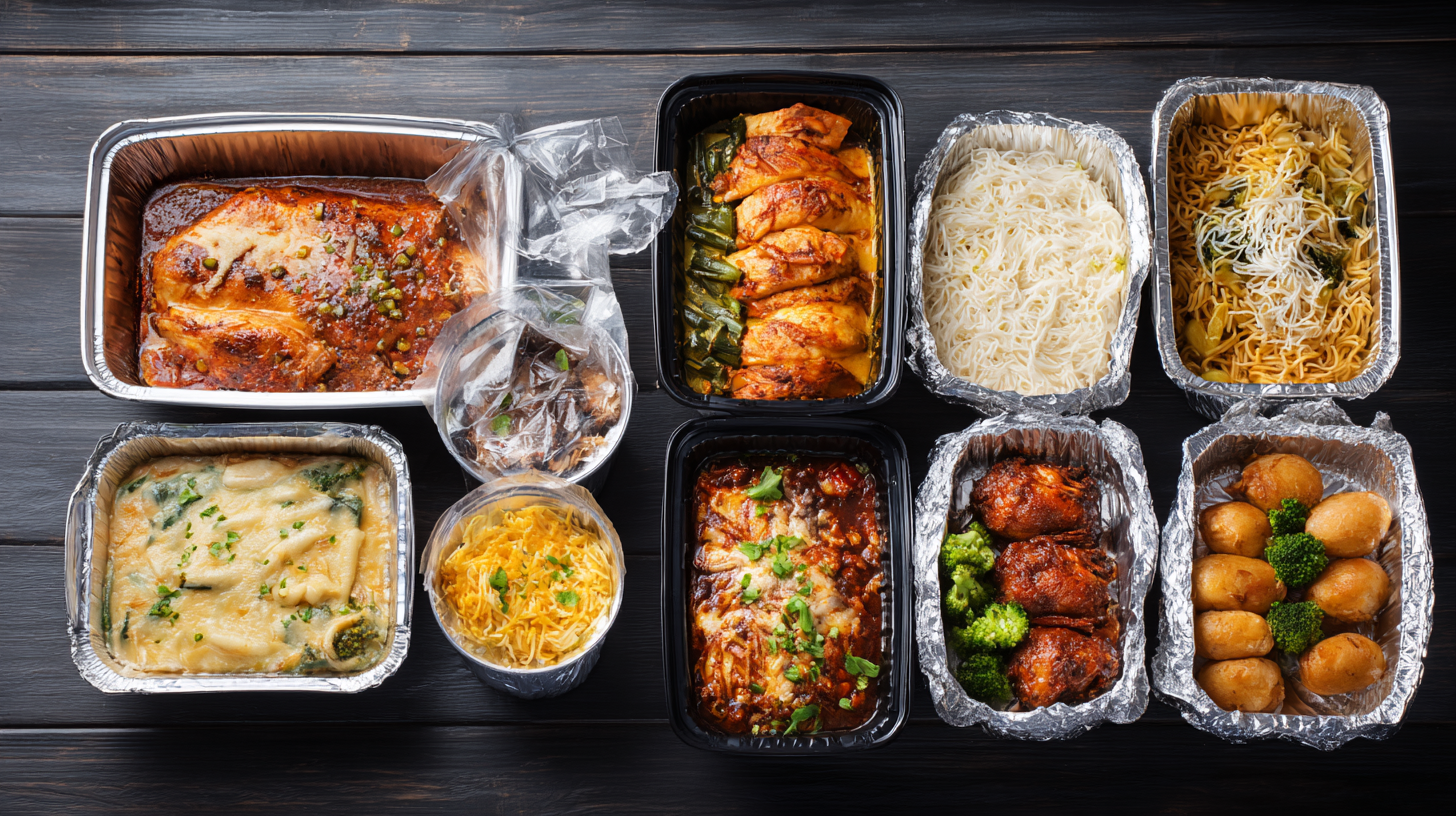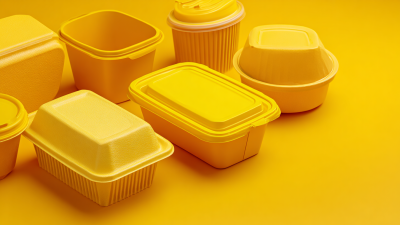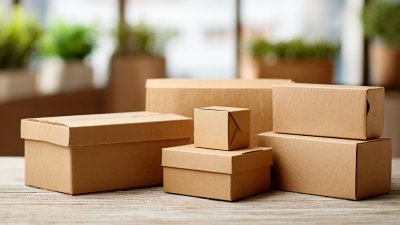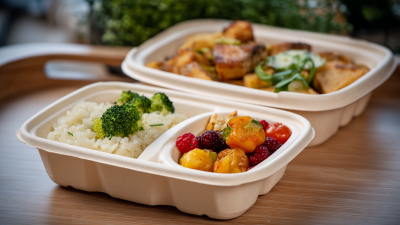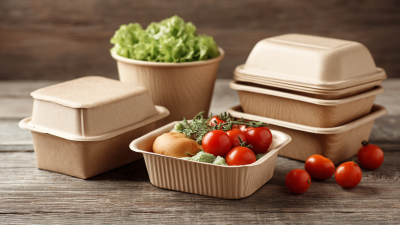In today’s fast-paced world, the convenience of Disposable Food Containers has become an essential aspect of our culinary experiences, whether for hosting gatherings, meal prep, or on-the-go dining. With a plethora of options available, choosing the right disposable containers can be daunting, especially when considering factors such as material, size, and design. This guide aims to demystify the process by providing insight into the various types of disposable food containers suited for every occasion.
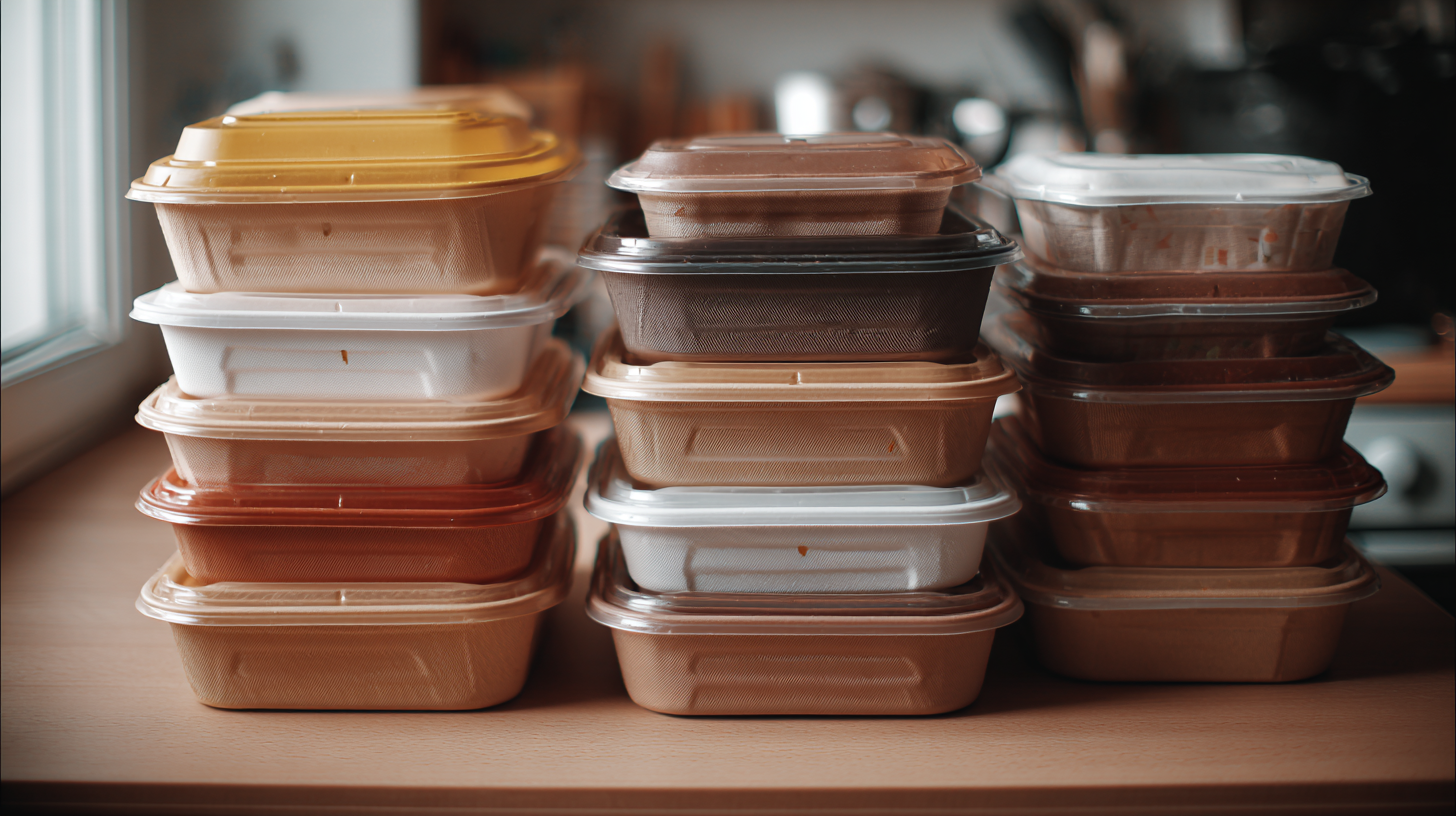 From eco-friendly choices to sturdy heavy-duty options, each type serves a unique purpose that can enhance your food presentation and storage. Whether you are planning a picnic, catering an event, or simply looking for the best way to store leftovers, understanding the key features of disposable food containers will help you make informed decisions that suit your needs perfectly. Let’s explore the ultimate guide to selecting the ideal disposable food containers for any scenario.
From eco-friendly choices to sturdy heavy-duty options, each type serves a unique purpose that can enhance your food presentation and storage. Whether you are planning a picnic, catering an event, or simply looking for the best way to store leftovers, understanding the key features of disposable food containers will help you make informed decisions that suit your needs perfectly. Let’s explore the ultimate guide to selecting the ideal disposable food containers for any scenario.
When selecting disposable food containers, understanding the material options available is crucial, as they significantly impact sustainability and functionality. The global disposable food containers market is projected to reach approximately $64,268.03 million by 2025 and is expected to grow to $132,836.1 million by 2033, according to industry reports. This growth is largely due to the rising consumer demand for sustainable packaging solutions that accommodate various occasions.
Materials such as plastic, glass, and biodegradable options each have distinct advantages. While plastic remains the dominant choice due to its durability and cost-effectiveness, consumer trends indicate a shift towards more environmentally friendly alternatives. The regenerative materials packaging market is anticipated to showcase over $189 billion in value by 2024, with a compound annual growth rate exceeding 5.4% from 2025 to 2034. This shift reflects an increasing willingness among consumers to embrace biodegradable and glass container alternatives, aligning with the growing consciousness surrounding environmental impact. As we navigate this evolving landscape, it's imperative to consider how these materials resonate with personal values of sustainability and quality in food packaging.
When selecting disposable food containers, one of the crucial factors to consider is the size and volume of the containers in relation to portion sizes. Recent studies highlight the importance of understanding perceived portion size norms, which reflect the amount of food that individuals typically believe is appropriate to consume at one time. By evaluating these norms, consumers can make more informed decisions about the size of the containers they choose, ensuring that they align with the actual amount of food they plan to serve.
For various occasions, the right container size can enhance the dining experience, whether it's a casual picnic, a catered event, or meal prep at home. Smaller containers may be ideal for snacks or side dishes, while larger ones are better suited for main courses or communal platters. By understanding portion sizes and the expectations associated with them, consumers can select disposable food containers that not only accommodate their meal types but also help in minimizing food waste, making their gatherings more efficient and enjoyable.
When it comes to choosing disposable food containers,
airtight seals are a crucial feature that should not be overlooked.
These seals prevent leaks and maintain the freshness of your food, making them essential for both everyday meals and special occasions.
An effective airtight seal ensures that liquids remain contained, minimizing mess during transport or storage.
This is particularly important when packing items such as soups, dressings, or marinated foods, where a spill could ruin your plans.
Tips for Choosing Leak-Proof Containers:
Look for containers made from high-quality, durable materials that can withstand temperature changes.
Check for specific features such as snap-on lids or silicone gaskets, which greatly enhance the leak-proof capabilities.
Additionally, consider the container’s shape—round containers often provide better sealing than square ones due to their lid design.
In addition to leak-proofing, consider how the container will be used.
For on-the-go meals, opt for stackable designs that maximize space and organization.
Also, consider your eating habits; if you frequently dine out or need containers for meal prep,
reusable options with airtight seals may offer added benefits over disposable ones, ensuring your food remains fresh and secure.
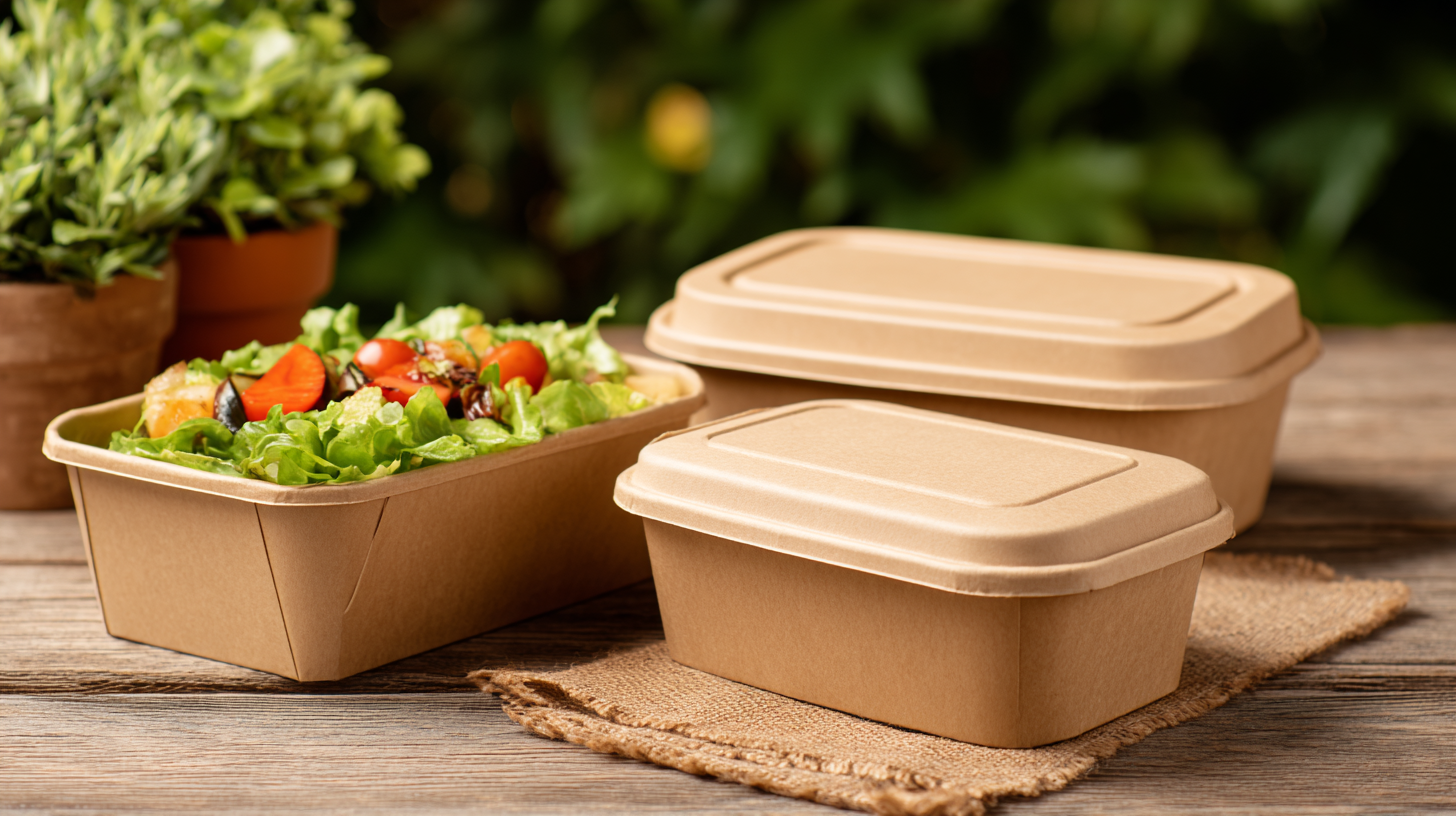 When selecting disposable food containers, cost-effectiveness is a critical factor to consider. Balancing quality and price requires careful evaluation of the materials used and their intended purpose. For instance, biodegradable options may have a higher upfront cost but can be more appealing to environmentally conscious consumers. Investing in higher-quality containers can reduce the likelihood of leaks or spills, ultimately saving money in potential product loss and cleanup costs.
When selecting disposable food containers, cost-effectiveness is a critical factor to consider. Balancing quality and price requires careful evaluation of the materials used and their intended purpose. For instance, biodegradable options may have a higher upfront cost but can be more appealing to environmentally conscious consumers. Investing in higher-quality containers can reduce the likelihood of leaks or spills, ultimately saving money in potential product loss and cleanup costs.
Additionally, it's essential to assess the specific needs of your occasion. For large gatherings, bulk purchasing can drive down unit costs significantly. In contrast, for individual servings, it may be worthwhile to opt for slightly more expensive, sturdier containers that enhance the presentation and preserve food freshness. By analyzing both your immediate needs and longer-term usage, you will find the right balance between quality and price, ensuring that you do not compromise on service while staying within budget.
In recent years, there has been a noticeable shift towards eco-friendly solutions in various consumer products, and disposable food containers are no exception. Increasing awareness about environmental issues has driven both manufacturers and consumers to prioritize sustainability. As a result, a range of biodegradable and compostable materials have emerged, offering a responsible alternative to traditional plastic containers. These sustainable options not only minimize waste but also reduce the carbon footprint associated with food packaging.
Moreover, the rise of eco-friendly food container solutions is being fueled by innovation in material science. Companies are now developing containers made from plant-based resources, such as cornstarch or sugarcane, which can decompose in natural environments. This trend not only appeals to conscious consumers but also encourages businesses to adopt greener practices in their operations. By integrating sustainable materials, brands can attract environmentally-minded customers and contribute to a circular economy, where products are designed with their end-of-life in mind, ultimately promoting a healthier planet for future generations.
